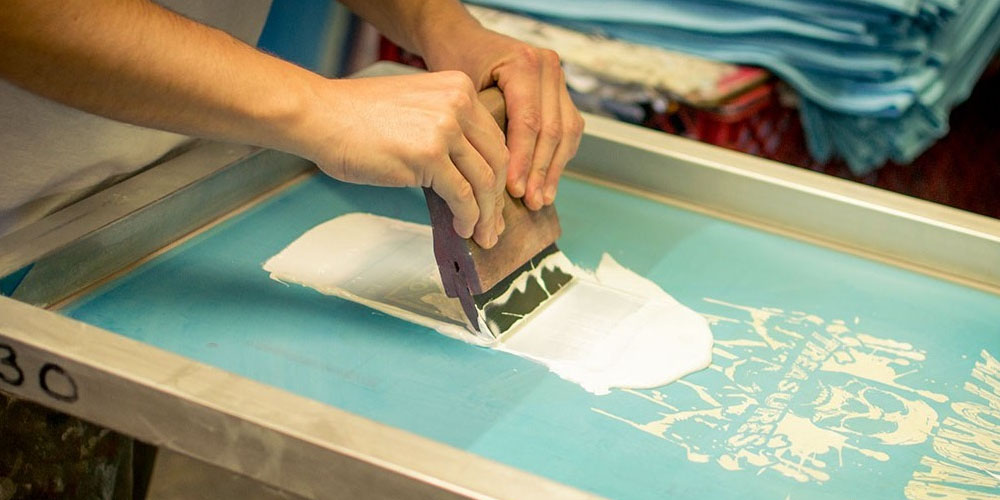An effectively made screen is the first step in the screen printing procedure. Following the coating of one’s screen, effectively drying the emulsion-coated screen for printing avoids issues later in the press. A drying cabinet and a screen printing drying rack are the most efficient ways of drying a screen for screen printing.
How to get a properly dried screen
Secure adequate lighting when drying a screen for printing
The foremost thing to ensure is that you utilize lights within the drying region that effectively filter UV light. The exposure procedure begins when the emulsion on the screen is exposed to UV light, and the screen will require reclaiming.
Safeguard the screen from dust and lint.
When the screen has emulsion, the screen must be as far away from lint, dust, and other debris as possible. Dust and lint cause pinholes on one’s screen, resulting in undesired ink spots on the end product. A closed-screen drying cabinet is best to avoid dust and lint on the screen’s emulsion. However, you can use a screen printing drying rack if you do not have screen drying. Make sure to recall that the drying area must be clean and ensure that you wipe down all the surfaces that regularly have dust.
Dry the screen using a drying rack
When printing a screen, low humidity is favorable because humidity affects the drying period. More humidity causes the drying time to last longer, while low humidity results in the screens drying up faster. When using a drying cabinet, one can easily regulate the temperature and humidity inside the cabinet. Though, when one uses a screen printing drying rack, it is important to keep an eye on the earlier-mentioned components in the drying sector. It is optimum to maintain the drying sector at a temperature of 80 to 105 Fahrenheit while observing a minimum humidity lower than 50 percent. The recommendation is to have a thermometer to measure the temperature and a hygrometer to test for humidity. Using a fan to disperse air all over the drying rack aids in minimizing the screen’s drying time.
Dry a screen within a drying cabinet
It is crucial to note that a direct emulsion needs drying with the squeegee facing upwards. Thus, allowing gravity to do its duty and force the emulsion through the screen. This action results in a more effective screen that offers constant outcomes. When drying one’s screen within a drying cabinet, one shall be capable of regulating time, humidity, and temperature. The temperature should not exceed 44 degrees Celsius. The screen can take roughly a quarter to a full hour to dry completely.
Conclusion
Please remove it from the drying rack or cabinet when the screen dries. The screen is ready for use at this point. If you are not prepared to use the screen then keep it in a dry, dark, and cool vicinity until you are willing to use the screen. Take care that the unexposed emulsion does not reabsorb moisture from the atmosphere; hence, when storing screens in an area with much humidity, you may be required to dry it once more before exposure.


